| |||||||
| Search Forums |
| Advanced Search |
| Go to Page... |
 |
| Search this Thread |  7,864 views |
| | #1 |
| BHPian | Video Tour: National Gandhi Museum! 150th Birth Anniversary Special 2018 marked a very special moment - the 150th birth anniversary of the Father of the Nation - Mahatma Gandhi (Mohandas Karamchand Gandhi). I am enthralled by all that Gandhi ji did for the country and his fellow country-men, and am equally surprised by how we as a country did not really do much for such an important occasion. As a small tribute from my side, this thread and the video attached below showcase my visit to the National Gandhi Museum at Rajghat, New Delhi. This visit made me come a step closer to understanding 'The Gandhian Way'. Here's the video tour: 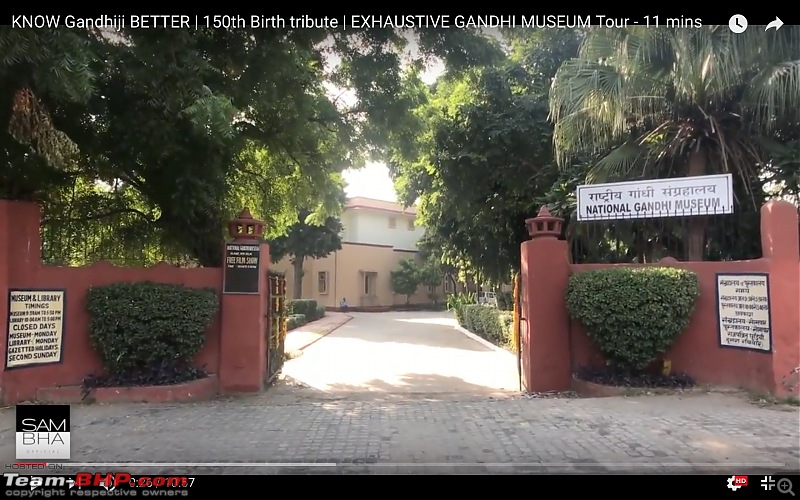 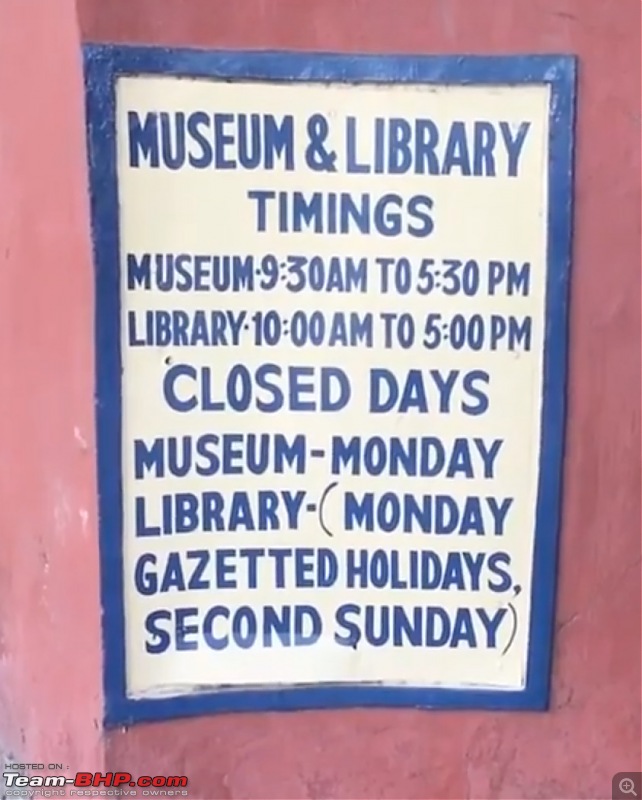 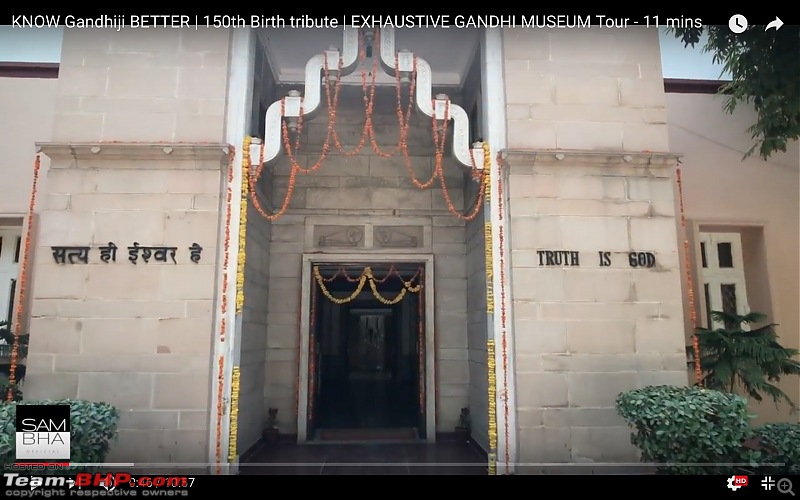 I entered the museum and looked around a bit at some of the displays. It was silent, except for a soft instrumental version of "Radhupati Raghav Raja Ram" playing in the backdrop. This was in contrast to the noisy traffic intersection outside. On the left is a bust of Gandhiji, with the words 'Truth is God' beneath it, and a charkha as well. 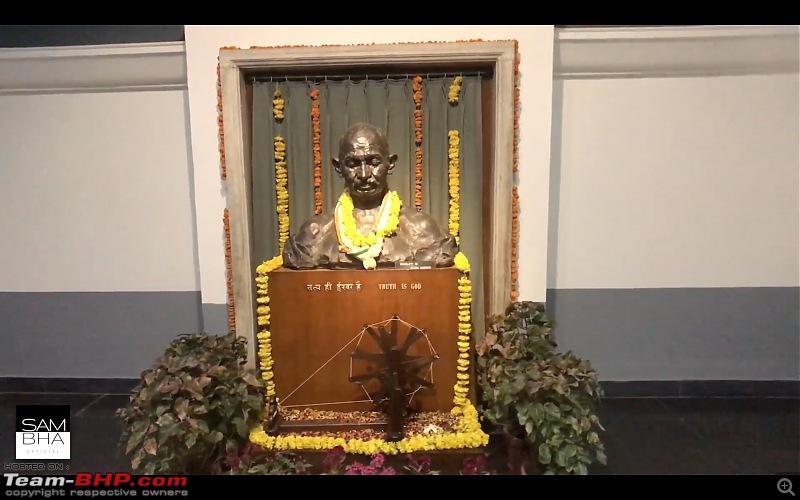 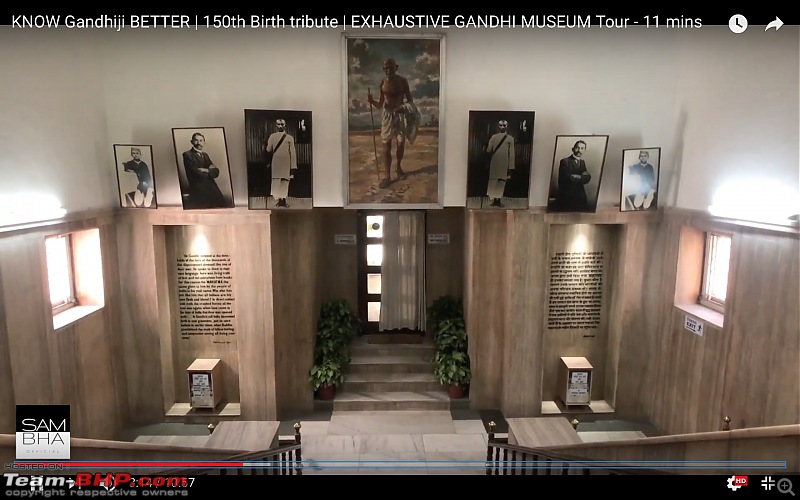 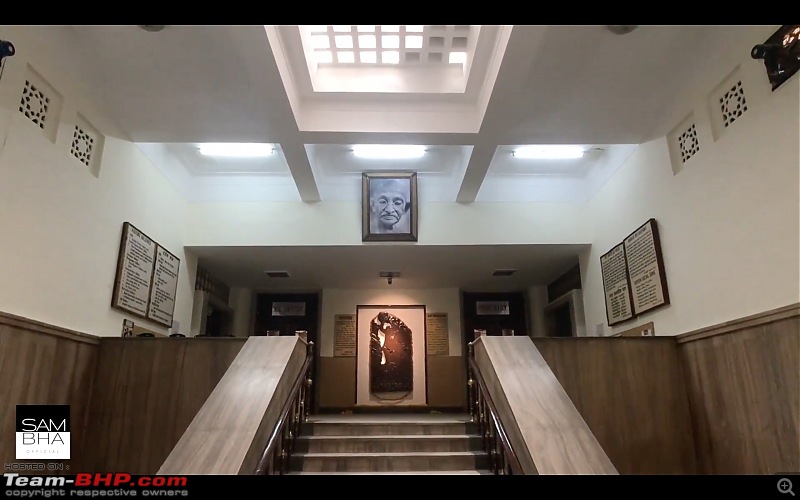 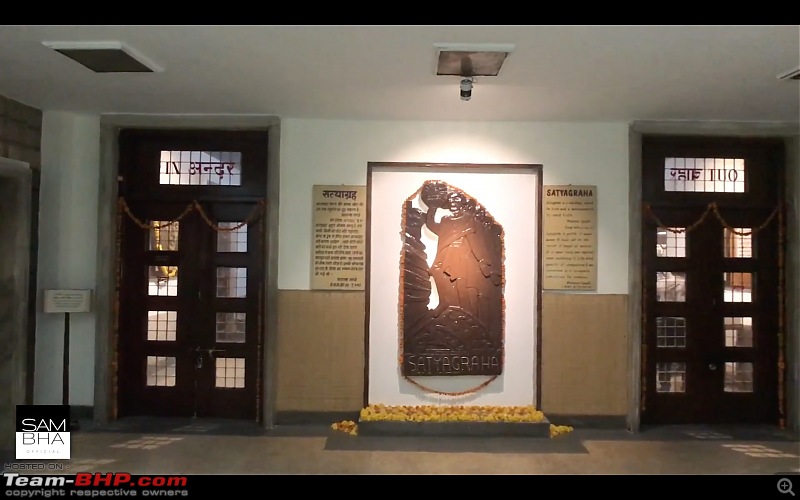 I went up to meet the Director, Mr. Annamalai, who was kind enough to feature in the video, explaining the importance of various objects displayed at the museum. I was also given a tour by his colleague Ms. Baswati. 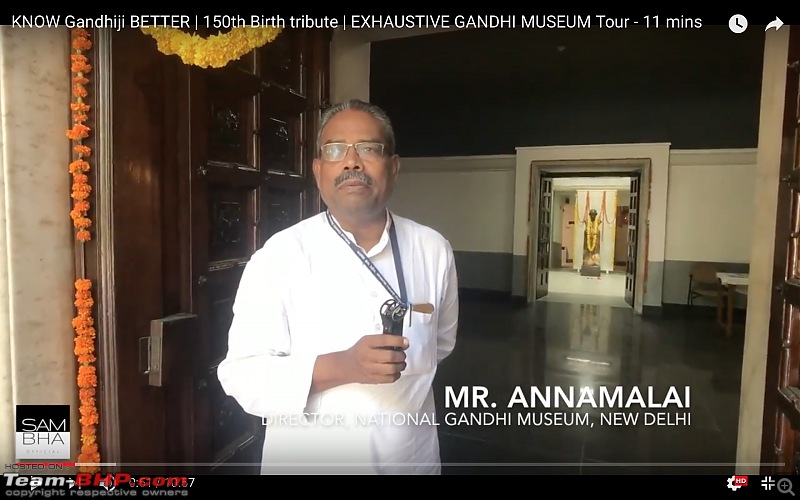 We first went to the upper lobby, where there're four black telephones kept. On placing the receiver on one's ear, one can hear Gandhiji's voice from speeches he gave. The fact that it's not on a loud speaker, but rather on a telephone, makes this experience quite personal. 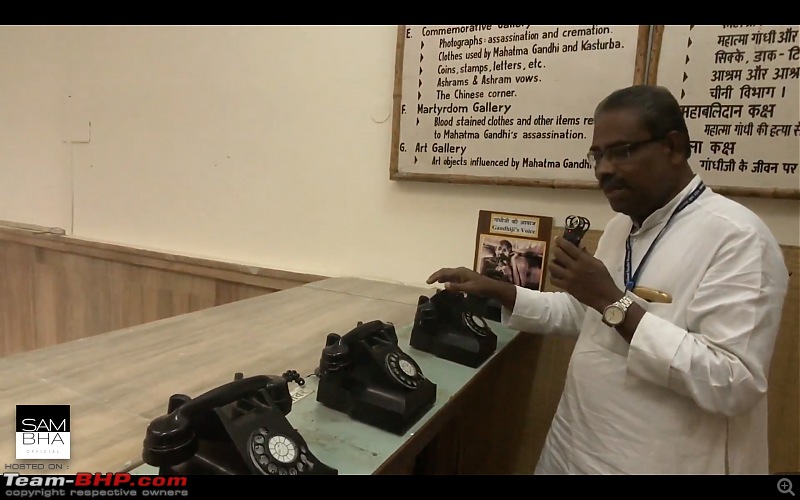 We then went in to the Photo gallery, that features various photographs from various phases of Gandhi's life. Moving around the gallery, one can find the original walking stick that Gandhiji used during the Dandi march, and can find objects used by Gandhiji. There are also some biological items like two of Gandhiji's teeth on display. At the end of the gallery, one sees a replica of Gandhiji's room. It is simple, with only the things he really needed, and no clutter of needless items. The director's words at this point hit home (watching these in the video would leave the best impact). 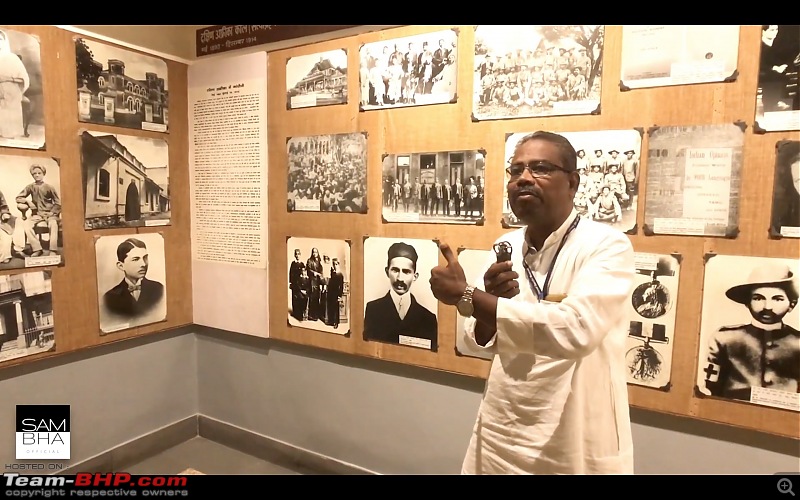 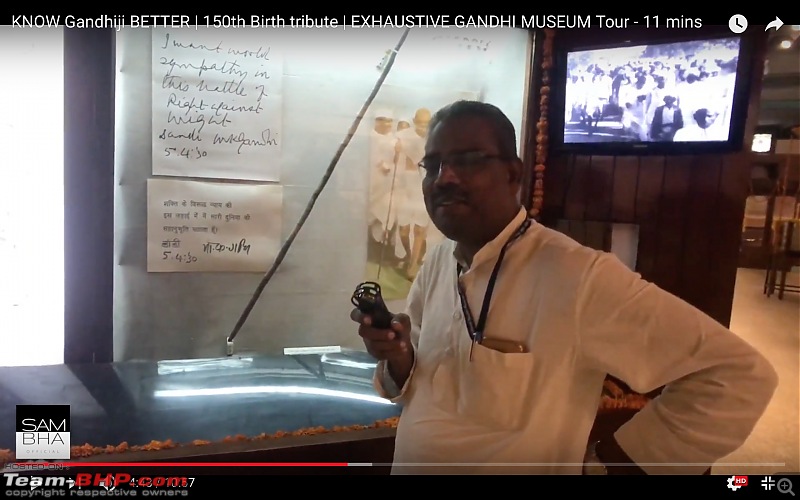 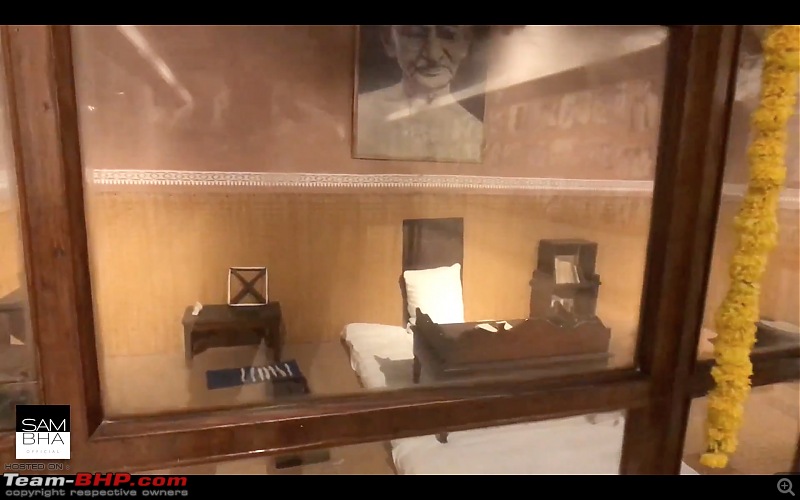 The Director also explains the importance of some old coins kept in a display. The museum was built using money donated by the People of India. And true to Gandhian ways, it was built using some coins donated by several people, rather than a lot of coins donated by a few. For me, this was an especially hard hitting point raised by Mr. Annamalai. 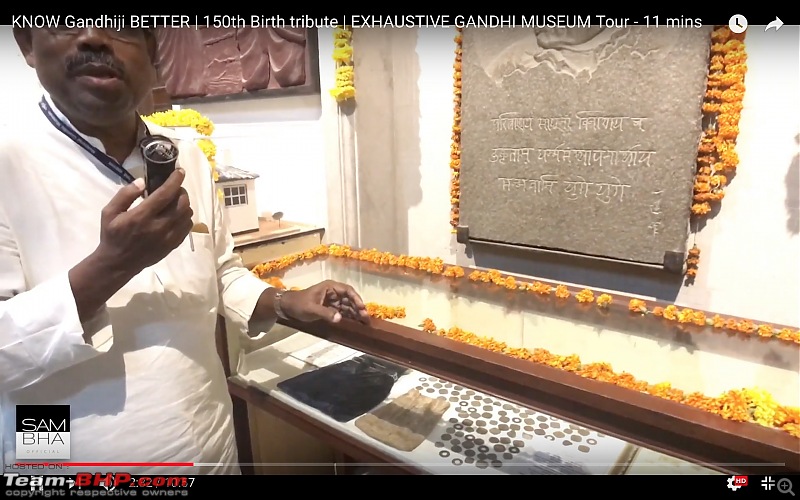 This year, a special additional to the museum has been made. A digital recreation of Gandhiji's heartbeat, using ECGs from his medical records. Using headphones, one can actually listen to the heartbeat of Gandhiji. After the telephones with his voice, this is another deeply personal experience. 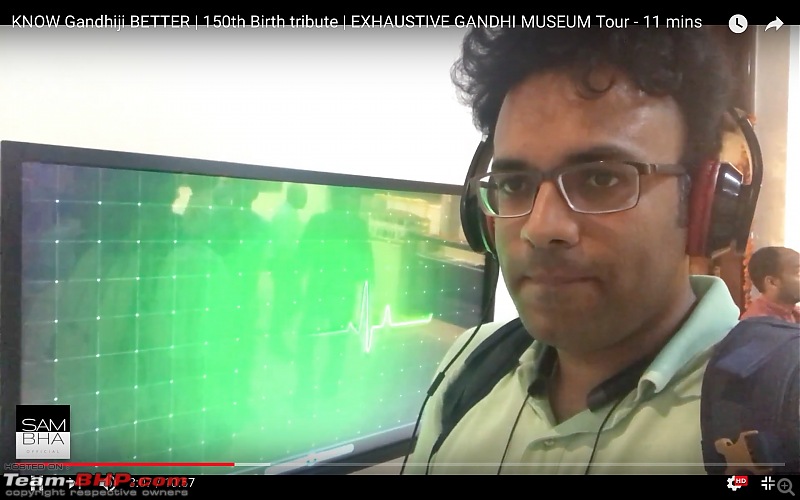 We also visit the Charkha room, a narrow corridor with hundreds of big and small charkhas lined up along the walls on the right, and the Director's words for background. He explains the importance of having 'technology in the hands of the common people'. 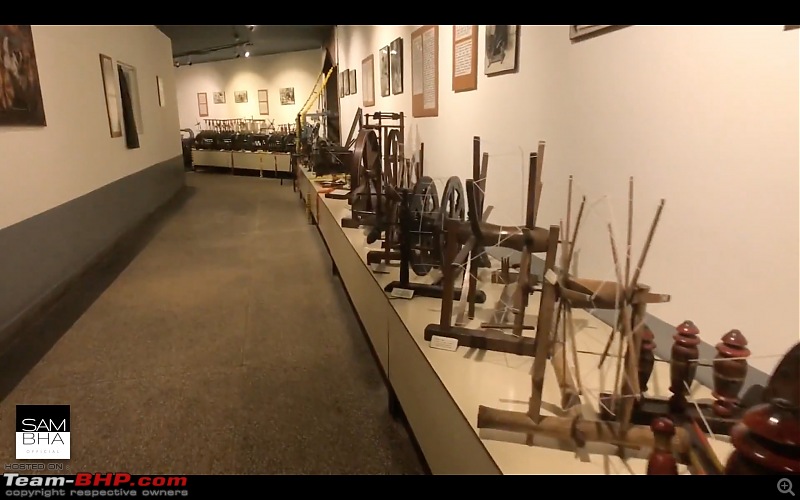 We then go over to the other side. Where we see a lot to do with Gandhiji's assassination, and what followed thereafter. At this point, it's important to note that there were others in the museum, and this place was especially silent. I saw people lost, staring at the objects and photographs on display. At the end of this room is kept the MOST IMPORTANT of all items in the display - clothes worn by Gandhiji on the day of his murder. Blood stained upper cloth and loincloth. 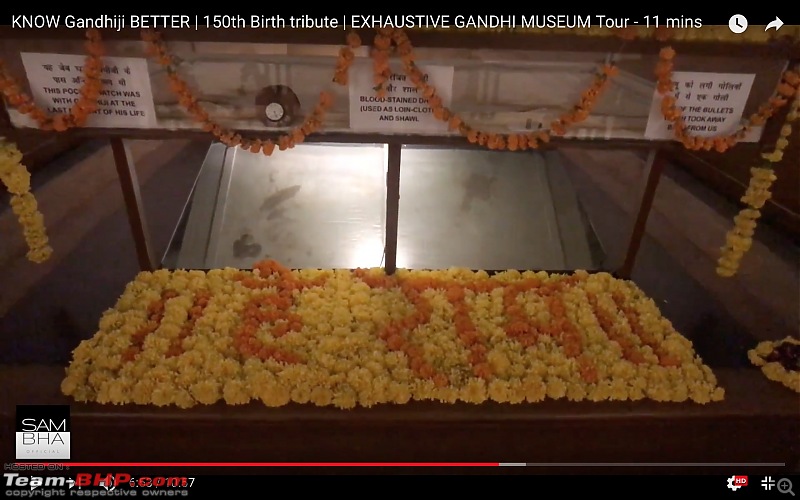 On the way out, we see all the curiously interesting details - some of which I was completely unaware of. We see the corner dedicated to the items given by the Chinese - I was unaware of the impact Gandhiji had had on China. There are also stamps made by various countries across the world. There is an art section where a lot of work made by artists from all over the world is displayed. Of particular interest is a work on canvas made by artist Mr. Badal - there is no paint used. It is made with his own blood. 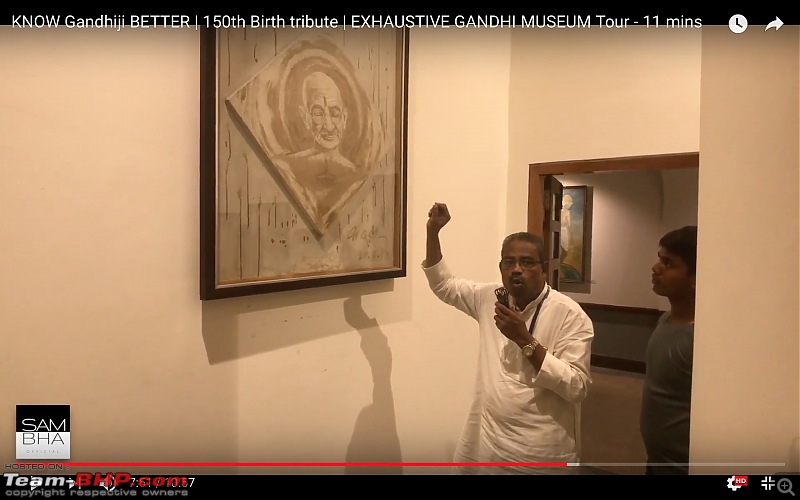 Outside the museum building is a replica of Hriday Kunj - the place within Sabarmati ashram used by Gandhiji. There is a library dedicated to books on Gandhi, as well as a section dedicated to other books. A nice reading room exists along side. One can also purchase literature Gandhiji at the Sales Counter. 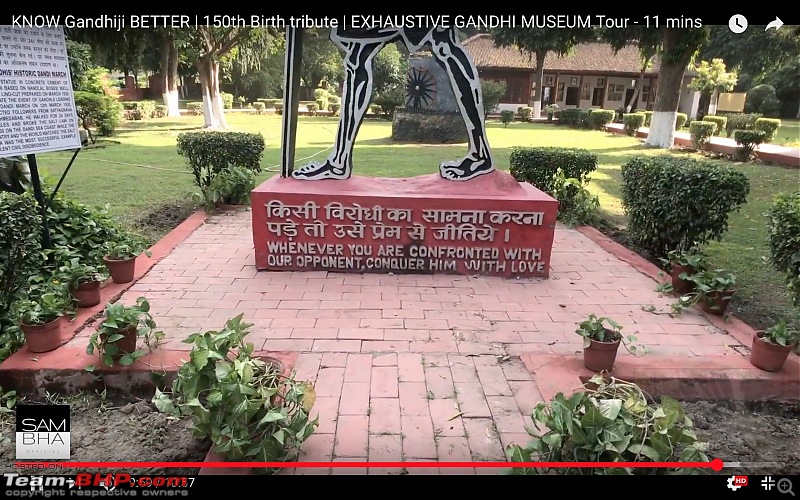 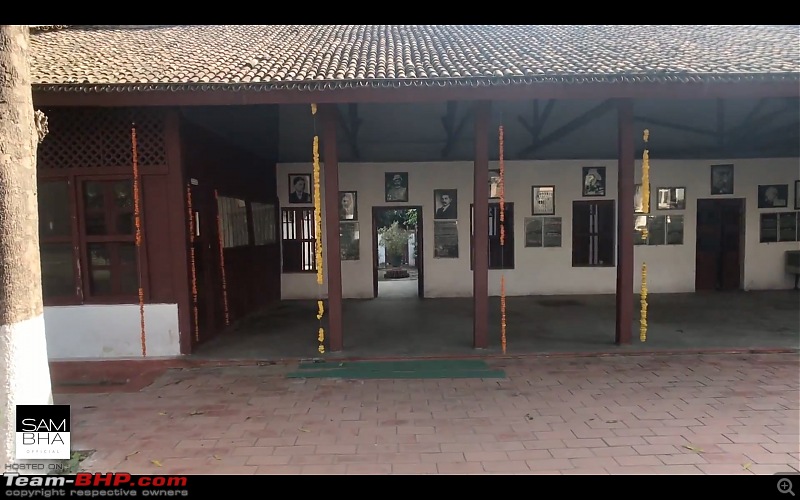 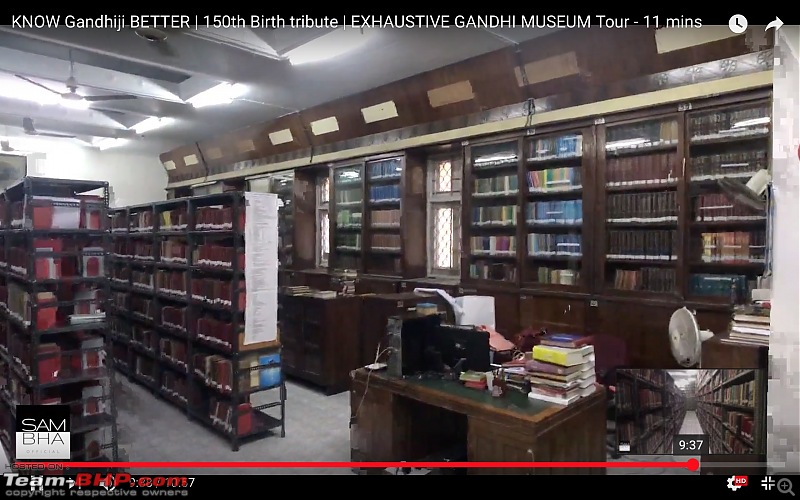 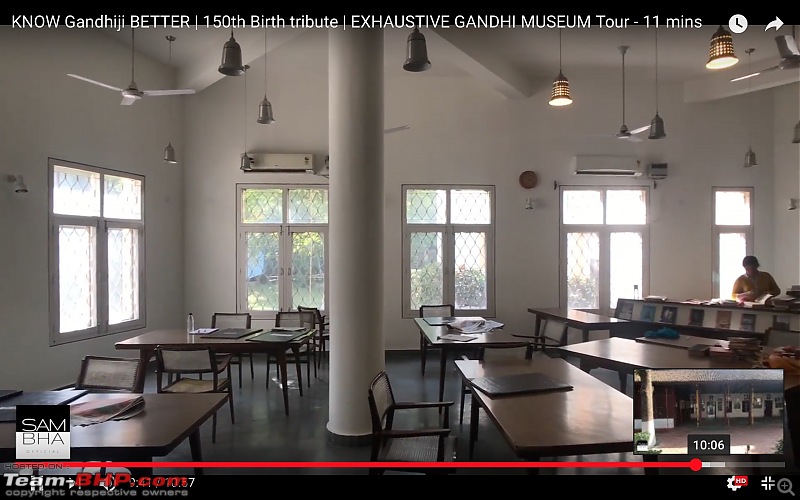 Before I knew it, I had spent almost four hours at this museum, where Google says the average time spent is less than an hour. I would encourage everyone coming to Delhi to visit this museum. And spend some time there. And if possible, ask Ms. Baswati or one of her colleagues to take you around. It will be absolutely worth your time. Last edited by GTO : 17th October 2018 at 07:48. Reason: As requested :) |
| |  (14)
Thanks (14)
Thanks
|
| The following 14 BHPians Thank samarth.bhatia for this useful post: | dailydriver, GTO, Hrishi_111, InControl, landcruiser123, LoneRidder, naveenroy, roy_libran, samaspire, samsag12, Shreyans_Jain, Thermodynamics, V.Narayan, v12 |
| |
| | #2 |
| Team-BHP Support  | re: Video Tour: National Gandhi Museum! 150th Birth Anniversary Special Thread moved out from the Assembly Line. Thanks for sharing! |
| |  (2)
Thanks (2)
Thanks
|
| The following 2 BHPians Thank Aditya for this useful post: | GTO, samarth.bhatia |
| | #3 |
| BHPian Join Date: Aug 2017 Location: Bengaluru
Posts: 832
Thanked: 4,143 Times
| re: Video Tour: National Gandhi Museum! 150th Birth Anniversary Special When the world thought the only way to combat oppression is violence, this man brought the contrary. Arguably, there were several groups in British India that were violent, semi-violent etc., but none of them achieved not even a minuscule of what this puny little tool of Mahatma did. Even today, any country abroad, you speak of MG, you will see RESPECT. He truly is an inspiration and a pride of this great Nation. Thanks for sharing. Will surely visit this place, I never knew it existed. My favorite MG quote ... "In a gentle way, you can shake the world." Last edited by Thermodynamics : 15th October 2018 at 10:40. |
| |  (6)
Thanks (6)
Thanks
|
| The following 6 BHPians Thank Thermodynamics for this useful post: | dailydriver, InControl, landcruiser123, samarth.bhatia, Shreyans_Jain, V.Narayan |
| | #4 | |
| Senior - BHPian | re: Video Tour: National Gandhi Museum! 150th Birth Anniversary Special Quote:
 This museum must be less than 3 km from my office, and I will now plan to go and visit soon. However, unlike you I have never been particularly enthralled with M.K. Gandhi. Since childhood, I have seen him in shades of Grey, a heady mix of great, good, bad and evil. To me, he has been given MORE CREDIT, both good and bad, than he deserved for certain things on one hand, and LESS CREDIT for certain other things that weren't as popular or understood, on the other. I mention this, not to stir up any argument or debate - just my perspective. But when I look back at him today, I realise that some of his ideologies that are now, unfortunately, lost upon this world, are so much more important for humanity to absorb and inculcate. As a species we have greatly regressed in the past few decades and if we could just adopt a few of his principles, we could regain some of that lost ground. He's truly an inspiration, but not to be followed in totality. _/\_ | |
| |  (7)
Thanks (7)
Thanks
|
| The following 7 BHPians Thank roy_libran for this useful post: | alphadog, cbatrody, chaudh2s, dailydriver, landcruiser123, samarth.bhatia, Thermodynamics |
| | #5 |
| BANNED Join Date: Jul 2010 Location: Gurgaon
Posts: 388
Thanked: 822 Times
| re: Video Tour: National Gandhi Museum! 150th Birth Anniversary Special Well, with all respects to the Great Man, I personally believe the Britishers wouldn't have given a shit to all the Satyagrahas, Dandi marches, etc. hadn't our brave freedom fighters like Rajguru, Sukhdev, the other forgotten heroes, hadn't slugged it out in the field, making the Britishers realize, the country is now too hot to handle. Better, scoot away. The history has been modified to favor a few. The future generations would never know what really happened. But, that is just me, what i think. I think there are a lot of interesting museums in Delhi, which we Delhiites, Gurugrammers, underestimate and do not visit. I will definitely give this one a visit. Rail museum is one such museum, that no Bhpian should chose to ignore. |
| |  (4)
Thanks (4)
Thanks
|
| The following 4 BHPians Thank chaudh2s for this useful post: | alphadog, Leoshashi, roy_libran, samarth.bhatia |
| | #6 | ||
| Senior - BHPian Join Date: Feb 2017 Location: KA09
Posts: 1,265
Thanked: 7,712 Times
| re: Video Tour: National Gandhi Museum! 150th Birth Anniversary Special Could a travelogue be of this ilk too? Why not, when it involves a person who had with a difference written all over his life. Born in a Kathiawadi family in Gujarat, this gentle colossus changed the way his compatriots thought, functioned and lived. A controversial figure during and even after his life, Mohanchand Karamdas Gandhi brought to fore the power of truth, persistence, resistance and non violence. As roy_libran beautifully put it, Gandhi (the original one!) is to be seen in Quote:
Unlike his other companions whose sole business was politics, Gandhi dwelt at length on the need for social reform. At a time when media was still trying to grapple with the complexities of its duties in terms of nation building, he used it to its full potential and reached the crores of his still in the dark fellow countrymen. He was the original social media manager, an organiser par excellence, a skilled negotiator and a leader of men. To the youngsters of most post-freedom generations of Indians, Gandhi has been a foil to their heroes, Bhagat Singh and Subhash Chandra Bose in particular. He is seen as a pacifist, a waiter as opposed to a doer. But people fail to realise that he was a slave of his times, of the conditions that prevailed then. Hindsight can give us the right to question his modus operandi but he did what he did because he had to - by his actions at times and through his silence more often. Mahatma Gandhi's life is a study in contrasts. He was a Swadeshi who once worshipped the Videshi virtues; a proponent of non violence who would however prefer violence over cowardice; a modern thinker bound firmly to tradition; a man of action who wrote too much; a fakir who lived and and died surrounded by his loyal subjects; a man who at once united and divided the national sentiments. Albert Einstein perhaps rightly summarised this unlikeliest of leaders when he is supposed to have said: Quote:
Last edited by dailydriver : 15th October 2018 at 12:18. | ||
| |  (5)
Thanks (5)
Thanks
|
| The following 5 BHPians Thank dailydriver for this useful post: | LoneRidder, roy_libran, samarth.bhatia, Thermodynamics, V.Narayan |
| | #7 | ||
| Distinguished - BHPian  Join Date: Aug 2014 Location: Delhi-NCR
Posts: 4,330
Thanked: 72,334 Times
| re: Video Tour: National Gandhi Museum! 150th Birth Anniversary Special Quote:
Don't mind my saying this but your sentence above which I have put in bold italics reflects - (1) a lack of in-depth study of those times; and (2) a lack of understanding that from ~1915 to 1939 Gandhi was trying to create the best half way house knowing fully well how powerful and superbly well organized the British were. The cry for full freedom started to rumble only after late 1930s and exploded in 1942 with the Quit India Movement; and (3) a gross under estimation of the strength, organization and shrewdness of the British rulers. Quote:
| ||
| |  (4)
Thanks (4)
Thanks
|
| The following 4 BHPians Thank V.Narayan for this useful post: | dailydriver, roy_libran, samarth.bhatia, Thermodynamics |
| | #8 | |
| Senior - BHPian | re: Video Tour: National Gandhi Museum! 150th Birth Anniversary Special Quote:
| |
| |  (3)
Thanks (3)
Thanks
|
| The following 3 BHPians Thank roy_libran for this useful post: | samarth.bhatia, Thermodynamics, V.Narayan |
| | #9 | |||||
| BHPian | Re: Video Tour: National Gandhi Museum! 150th Birth Anniversary Special Quote:
Quote:
And my intent here is to learn from this man who emphasised on how his entire life was filled with lessons. Quote:
Rajguru, Sukhdev, Bismil, Lala Lajpat Rai, and many others have not been forgotten. Their actions impacted the freedom struggle greatly. However, the fight for independence was complex. Liitked your detailed words. Quote:
Quote:
Amidst all the other information shared by my fellow BHPians here, I would just like to say it's crucial that Gandhian methods by remembered and adopted in today's world. I would urge everyone to visit the museum and talk to the Director and his team about Gandhi. It will help understand some things better. Sam | |||||
| |  (3)
Thanks (3)
Thanks
|
| The following 3 BHPians Thank samarth.bhatia for this useful post: | dailydriver, roy_libran, Thermodynamics |
 |


